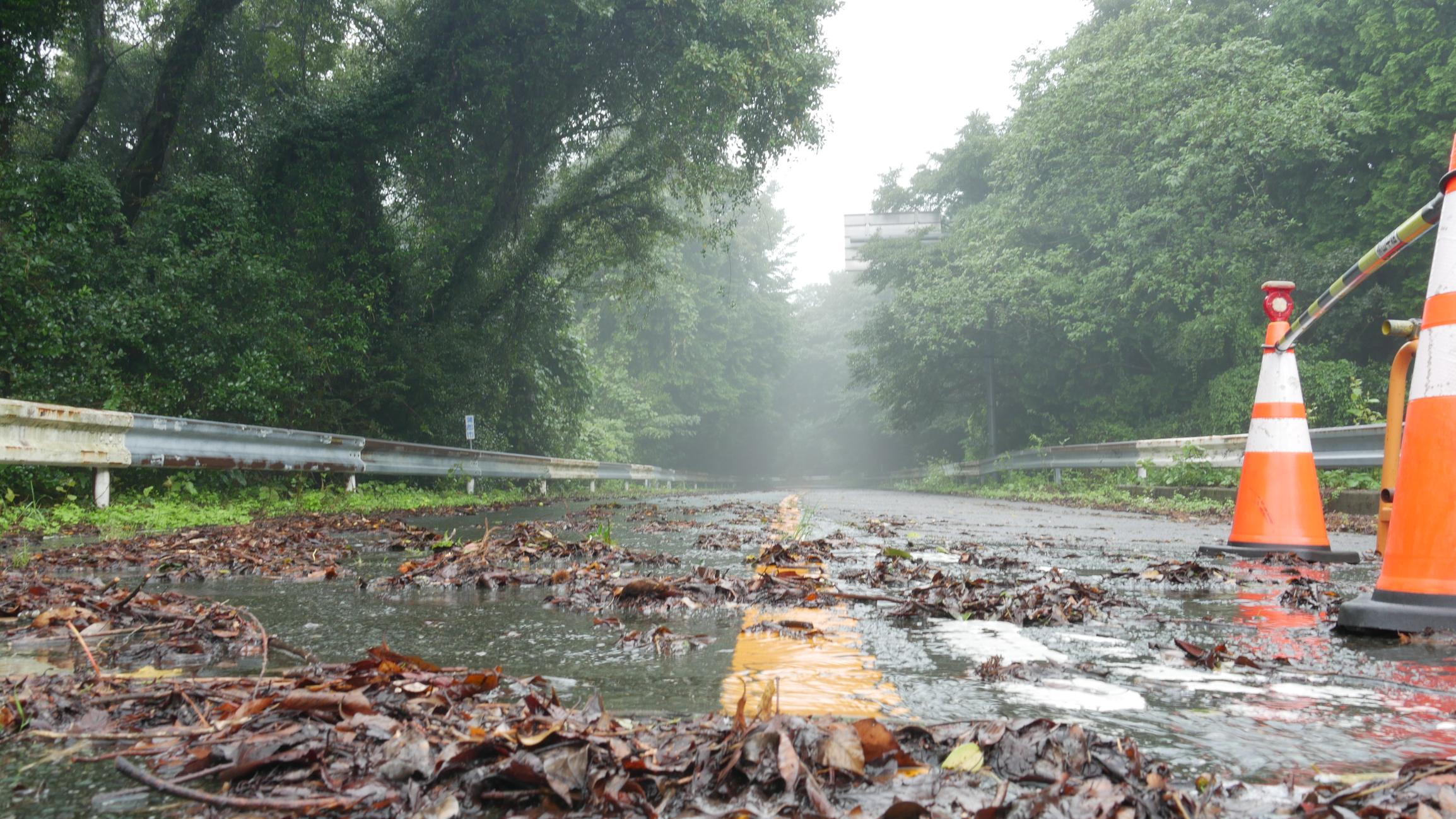This work was done in collaboration with Safe Software partner Locus.

FME Presents: Your data at work.
For more than 30 years, this data team has asked the big questions, solved tough challenges, and sparked new ideas, proving they can do it all.
Meet Your Data Team


This work was done in collaboration with Safe Software partner Locus.

In early 2023, Cyclone Gabrielle devastated railway infrastructure across Northland, Auckland, and the Hawkes Bay regions of New Zealand. With rail tracks cut off and roads impassable, damage assessment in the hardest-hit areas could only be conducted by helicopter.
Within the days following the cyclone, KiwiRail, owners and maintainers of all rail operations in New Zealand, needed to grasp the full scope of the damage for the most effective response. Frontline staff captured hundreds of photos on their smartphones, an invaluable source of intelligence.
Pinpointing where each photo was taken was crucial for identifying the areas of greatest damage. KiwiRail urgently needed a precise and scalable solution to assess the damage and respond effectively. They chose to work with Safe Software partner, Locus.
To streamline damage visualization, the team used Esri’s ArcGIS Online Media Instant app to map the damage. FME played a vital role in handling the overwhelming flow of photos, efficiently managing the large volume of data to support KiwiRail’s response.
FME collected various file types like JPG and iPhone HEIC, filtering and organizing files to speed up processing. They used FME to leverage the Exif (Exchangeable Image File Format) metadata embedded in each photo—such as location and time—to create an actionable map of the cyclone’s impact. For images exceeding Esri’s attachment size limit, FME was used to resize images, ensuring they met upload requirements without sacrificing quality.
The FME semi-automated process converted GPS coordinates, reformatted dates, and verified geospatial metadata accuracy. FME used Esri’s REST API to upload photos and metadata to ArcGIS Online, enabling the creation of visualizations for easier coordination. Throughout the workflow, FME flagged issues such as missing GPS data or incorrect formats, documenting them in a spreadsheet to communicate back to staff in the field.
Visualizing damage photos with precise dates and locations allowed KiwiRail to safely coordinate their response across hundreds of kilometres of treacherous terrain. With just a few clicks, geospatial specialists could process and upload the photos, saving valuable time. FME ensured a continuous stream of intelligence flowed from the field to the response team, enabling a well-coordinated, full-scale cyclone damage assessment that saved months of work.